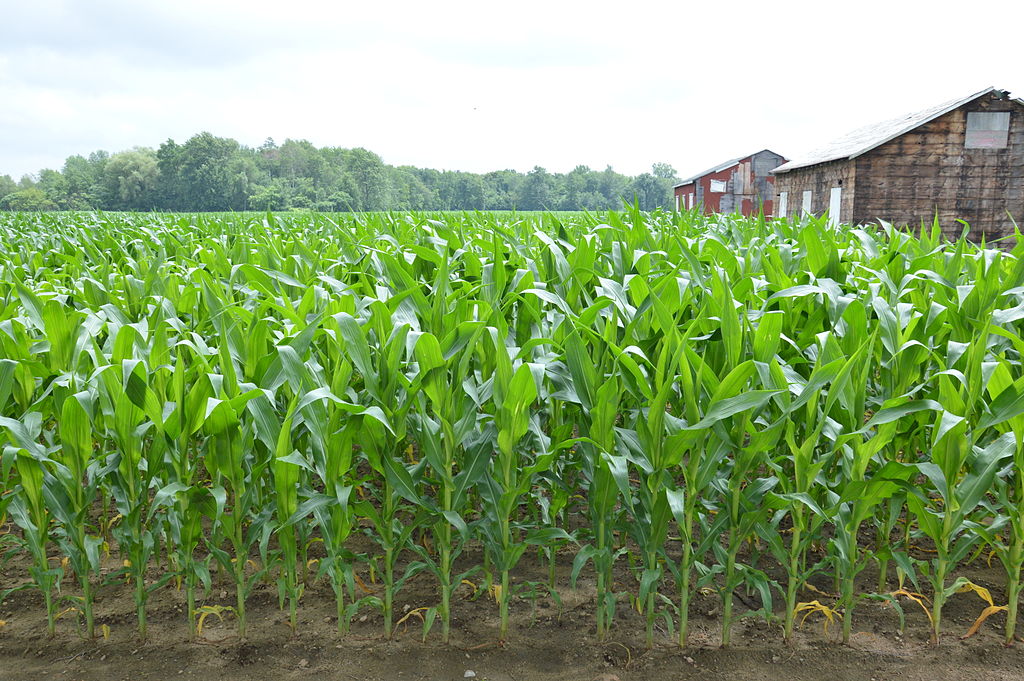Contributing Writer Nathan Chen, ’21
What happens when you combine a tomato and a fish? Some imagine a fish with a tomato for a head. Others might imagine a tomato with fins sticking out of its side. In reality, when you combine a tomato and an arctic fish you get a tomato with resistance to cold weather. After all, it’s not sorcery that combines these two organisms, but rather informed and capable scientists.
Since the Neolithic Revolution, humans have been influencing genes. The only thing that has changed is the methodology. Historically, humans only had the capability to choose which crops to replant, influencing genes through selective breeding. Technology has since enabled us to alter genes down to a single nucleotide — individual units of DNA. Scientists use a protein complex called CRISPR-Cas9 to precisely transfer target genes between organisms without side effects.
There is also a lesser known technique of genetic modification. Joe Guenthner, a professor of agricultural economics at the University of Idaho, calls this technique mutagenesis, and it involves altering the plant DNA by exposing it to harmful rays and chemicals. One such example is when scientists created new varieties of grapefruit with genes for enhanced color. Their method? Blasting these fruits with x-rays, gamma rays, and fast neutrons to rearrange their genes. Sadly, grapefruit along with other mutagenized crops are marketed as organic, therefore not receiving enough regulation.
On the flip side, many plants that have undergone careful gene editing using CRISPR-Cas9 are highly regulated, as they should be with any novel technology. Many of these plants have genes that improve their crop yield, or fight off pests. Corn, for example, can be edited to produce its own toxins against insects. This decreases pesticide use and the toxins have been rigorously tested to show no impact on humans when consumed. Potatoes have also been modified with a range of genes, adding disease and bruise resistance, among other traits. The result is a decrease in land usage, production cost, and therefore consumer cost. Yet many people ignorantly refuse to eat these plants, which are looked at as the reckless experiments of mad scientists.
Gene editing gets a bad rep, despite the hard work from scientists to ensure the safety of the environment and those consuming the edited crop. Mutagenization, on the other hand, flies under the radar, and should be looked into more. There is no single action we can take with GMOs as a whole, due to its many techniques. However, with sufficient regulation, they can make food cheaper and more readily available, while also being environmentally friendly. GMOs should not be offhandedly dismissed by consumers as inherently bad for them, but rather looked at as the future of sustainable agriculture.
Sources:






























